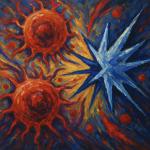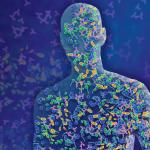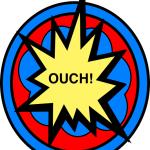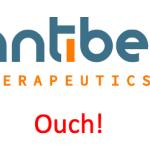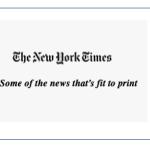Although drug discovery takes plenty of smarts, without a little luck, you probably won’t get very far.
drug discovery
When I first wrote Antibiotics – The Perfect Storm (2009-10), I described the various factors that went contributed to the conundrum that still confronts us today.
In a lively exchange with Lars Larson, we dove headfirst into the realm of groundbreaking medical advancements, touching on the pressing issue of antibiotic resistance.
I recently wrote how Antibe's experimental analgesic/anti-inflammatory drug, otenaproxesul, something that would represent a quantum leap in chronic pain management, ran into quite a snag (See
Back in March, I gave an update on the progress of otenaproxesul (aka ATB-346), an experimental hydrogen sulfide-based NSAI
As Professor Katherine Radtke-Seley and I wrote last year in the Baltimore Sun, vaccines
Dr. Wallace, thank you so much for agreeing to answer some questions that arose from my article Pain Relief And No Ulcers?
DNA keeps a diligent record of our height, eye color, affinity for sky diving and other extreme thrills, sleep habits, disease risk factors, and more.
Nature Reviews: Drug Discovery just published the top ten drugs by sales globally in 2018 as well as the top ten companies by sales of prescription and over-the-counter drug
